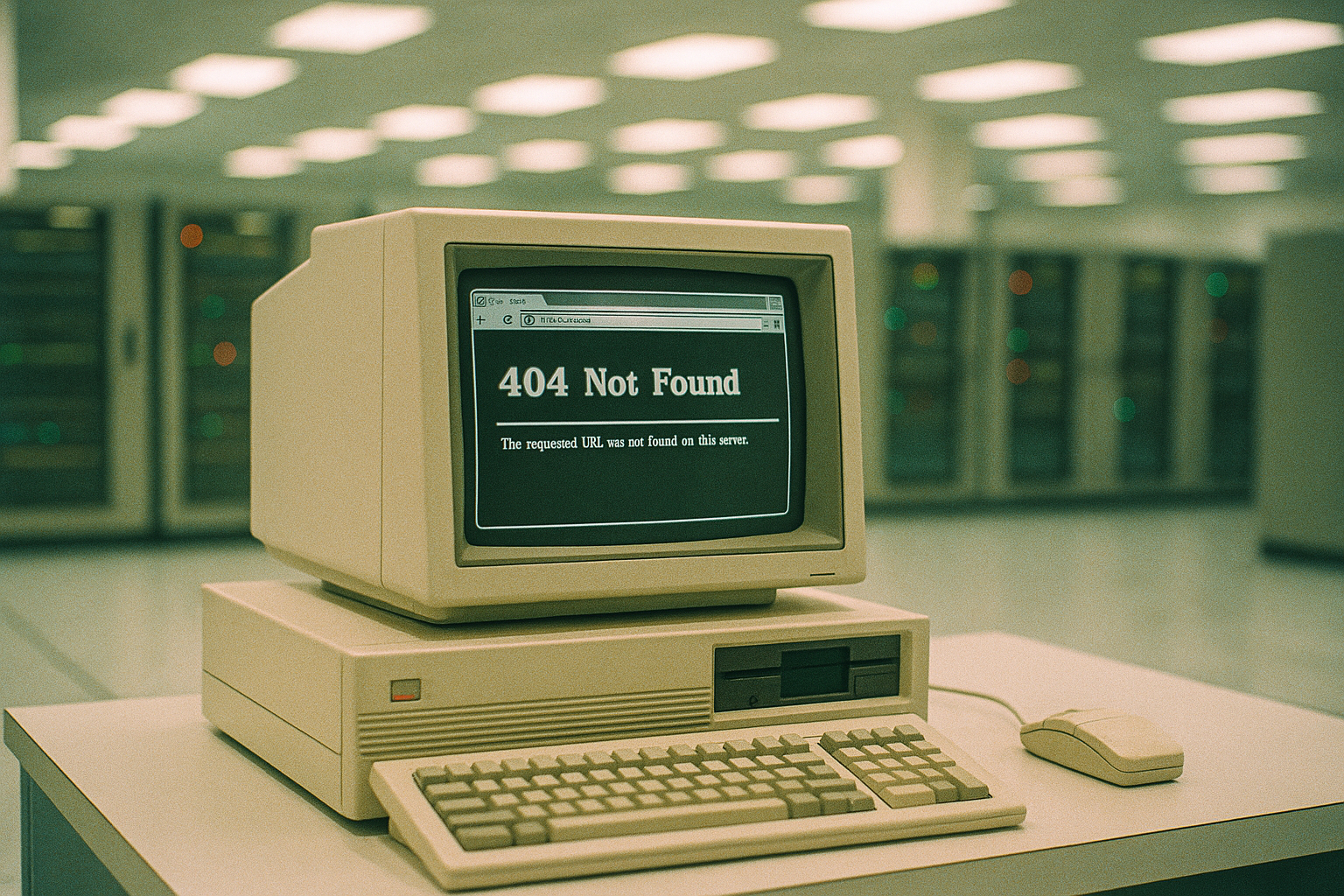Think on…
-
Every WordPress developer is a time traveler, forced to solve problems from 2003 while writing code in 2025. The evidence appears in your database: mysterious backslashes turning Windows paths like “C:\Public\upload” into “C:\\Public\\upload”, courtesy of a feature PHP abandoned years ago but WordPress preserved like a bug trapped in amber.
-
You’ve escaped branch-switching hell, but now you’re juggling parallel timelines like a git-powered multiverse. Integration branches are your secret weapon for keeping multiple worktrees synchronized without turning every merge into a three-hour archaeology expedition through conflicting histories.
-
Stop playing branch-switching Tetris with your sanity. Git worktrees let you work on multiple branches simultaneously without the stashing, the WIP commits, or the existential dread of losing your mental context. Same repository, multiple directories, zero chaos.

-
Stop letting empty() hide your bugs. Learn why this convenient function silently swallows typos and errors, how to catch it in code reviews, and the one question that reveals when it’s wrong.

-
Start your DNS journey by understanding how domain names become IP addresses. Learn the step-by-step process of DNS resolution, from your browser to root servers to the final answer.

-
Once I finally understood what a “straight woman” actually was in comedy, I could see why Paradox worked as a character. But that led to a bigger question: what makes any character funny? The answer isn’t quirks or catchphrases – it’s a three-part engine that drives every memorable comedy character.

-
For two days, I kept deleting “Paradox is the straight woman” from my character profile, wondering why AI was so obsessed with my protagonist’s dating life. Turns out I was missing something fundamental about comedy structure – and once I understood it, everything about character dynamics clicked.

-
Why do some programmer jokes land while others fall flat? After accidentally getting sucked into comedy writing, I discovered it’s not about the technical references or clever wordplay. The funniest tech characters – from Silicon Valley to The IT Crowd – all share the same three-part structure that makes their humor inevitable.
